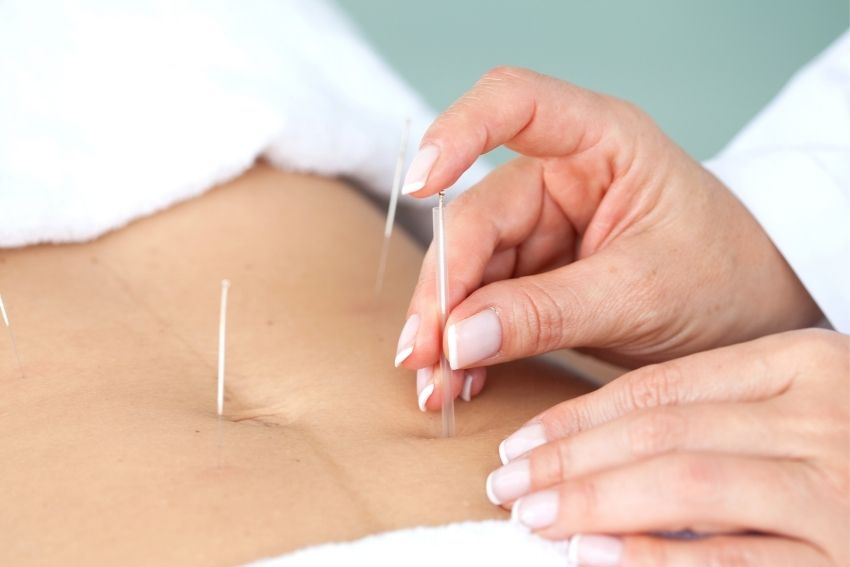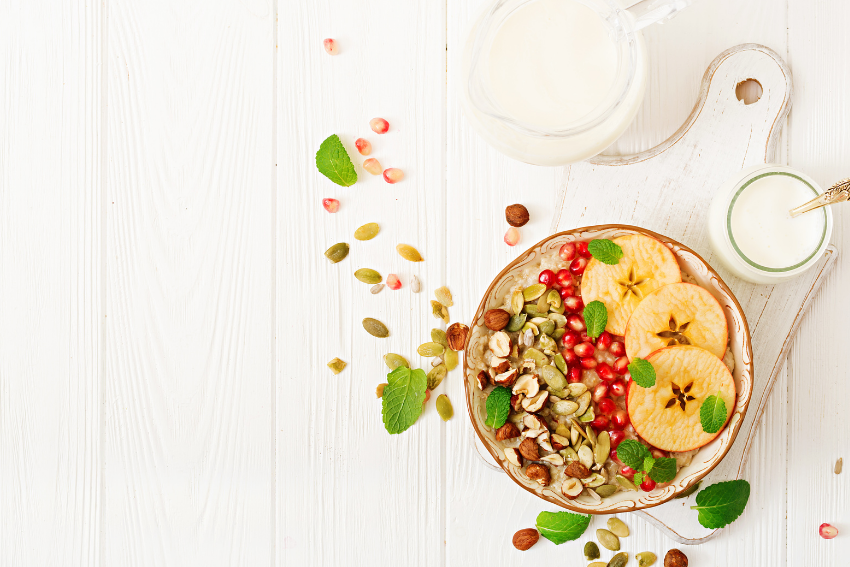What is Whiplash?
By Helen Amembal - Registered Osteopath
Neck pain caused by whiplash is very common. According to one leading insurer, it accounts for 76% of all bodily injury claims made in the UK.
Whiplash is a neck injury caused by a sudden movement of the head forwards, backwards or sideways. Whiplash injuries need not be the result of car accidents only. It can be due to a sudden blow to the head – for example, during contact sports such as boxing or rugby, a slip or fall where the head is suddenly and violently jolted backwards or being struck on the head by a heavy or solid object
How is whiplash caused?
Normally the joints at the back of the neck glide over each other but a whiplash injury forces them together damaging the surrounding area containing nerves, muscles, ligaments and discs. The damage to the nerves can cause the most problems as they are very sensitive compared to the nerves in the rest of the body.
The pain from a whiplash injury doesn’t always happen immediately after the accident. The body can compensate in the short term for injuries and often it is not until later that pain develops. The neck pain and stiffness is often worse on the day after the injury and may get worse for several days afterwards.
Common symptoms of whiplash include:
- neck pain, shoulder pain and stiffness
- tenderness over the neck muscles
- reduced and painful neck movements
- headaches
If you experience prolonged pain, you may find it difficult to carry out daily activities and enjoy your leisure time. It may also cause problems at work and could lead to anxiety and depression without treatment.
How can you help your neck pain?
Gone are the days of lying in bed for a week to rest your injury – GPs traditionally recommended rest for neck pain but the research now disproves that. In the beginning if your see a GP or an A&E Doctor they may give you a soft collar it may offer some relief but do not use it all day. If you become reliant upon your collar the muscles of the neck will be come weaker as their job is being performed by the collar.
I always recommend that you move around gently and regularly (within your pain limit) which improves your recovery time and strengthens the damaged area. We also recommend that our patients at home use ice and heat to help the pain and also an over the counter pain relief medication for the first 24 hours if you know it is safe for you.
If possible sleep with your spine in a straight line so make sure that pillow is not too high or that you are not using too many pillows. It is better to sleep on your back or on your side rather than on your front with your neck twisted to the side.
To prevent the whiplash pain from worsening, review the things that aggravate it triggered it in the first place such as not exercising regularly, sitting for too long and using computers or driving.
Getting the right advice and treatment is important for neck pain to resolve as quickly as possible but also important if you want to prevent it from coming back.
A note about serious Injuries. Since some symptoms of neck pain are similar to those of more serious conditions, it’s important to get checked out by a medical professional. if in any doubt you should seek help immediately.






